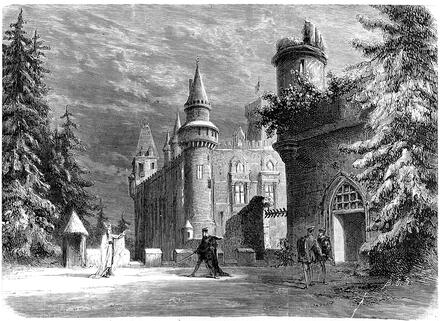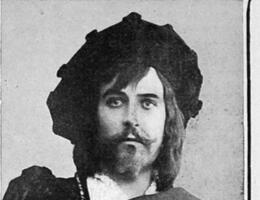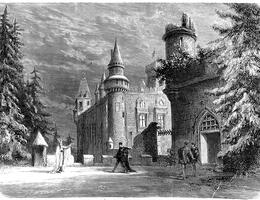Hamlet

Opéra en 5 actes d'après Shakespeare, créé au Théâtre impérial de l'Opéra (salle Le Peletier) le 9 mars 1868.
Transposing Hamlet to the stage of the Paris Opéra meant making serious modifications to Shakespeare’s original play. The libretto by Barbier et Carré was based on an 1847 French adaptation by Alexandre Dumas père and Paul Meurice, which, while retaining some of the Bard’s lines, including the famous “To be or not to be” (also found in the opera, as “Être ou ne pas être”), kept Hamlet alive at the end. In 1863 Thomas completed a four-act score in which the hero was a tenor (a version that, for unknown reasons, remained unpublished). In 1867-68 he made a five-act version, with the Prince of Denmark sung this time by a baritone. It was successfully premiered at the Paris Opéra on 9 March 1868. For the Covent Garden production of 1869, Thomas altered the dénouement in order to end with Hamlet’s death: he could hardly have risked shocking a British audience by tampering with a work by Shakespeare! The departures from the original play probably explain, at least in part, the twentieth century’s lack of interest in Thomas, who had had to conform to the codes that applied to opera in his time: the inclusion of a love duet (“Doute de la lumière”, Act I), a drinking song (“Ô vin, dissipe la tristesse”, Act II) and a ballet (Act IV). Like Donizetti’s Lucia di Lammermoor, the work requires the virtuosity of a coloratura soprano for the portrayal of the heroine’s madness (a theme dear to the Romantics). Thomas used orchestral colour to characterise emotions (note the first instance of the use of a saxophone in an opera), and although the libretto simplifies the psychology of the characters, he succeeded in finely nuancing their moods and conveying their evolution.
Documents and archives

Press illustration, Picture of a scene, Photograph
Maurice Renaud en Hamlet (Thomas) : 2e composition du rôle
Scientific publications
Publication



